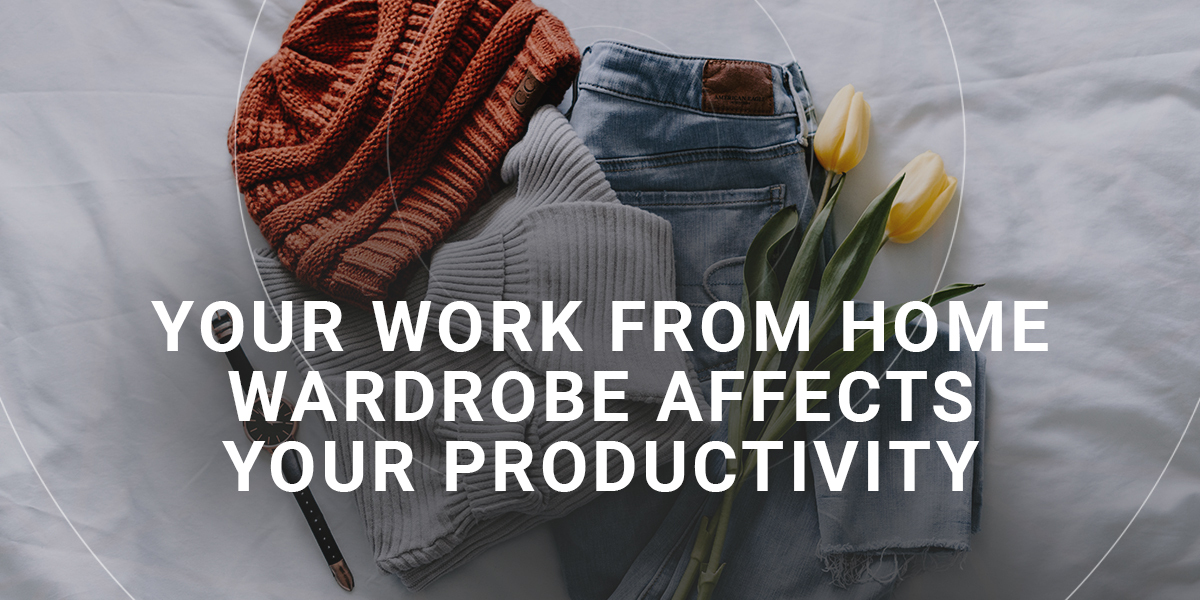
We’ve all hit it. The slump. Sitting claw-fingered, hunched over your keyboard staring at the blinking cursor. Waiting to get a word out for your CV or cover letter. Give yourself a break; we’re in a pandemic. No one’s working at their best. But there’s only so many breaks you can give yourself before you verge over the line to complacency. Complacency leads to unfinished work, which leads to to frustration, which leads to even more unproductiveness and is a rapid snowball to feeling overwhelmed.
There’s more to this feeling than not being in an office and having someone watch over you. Working in cafes or public libraries can be a great boost to your productivity, both places where being productive requires self-motivation. In truth, much of the reason behind the ‘slump’ is a lack of segmentation between our working lives and our lives relaxing. We eat, drink, sleep and work in the same place. For many of us, a lot of this is done in the same room.
Fun Fact
You know that weird feeling you get when you walk into a room and you instantly forget the reason why you came in there in the first place? That’s a phenomenon called the Doorway Effect. There’s a much more scientific way to explain it but, essentially, our brains attach actions to certain environments. Once we exit one environment and enter a new one, our brains make a switch in order to optimise its own functions to best perform the tasks it needs to do in a given environment. To put it simple, walking into a kitchen puts the brain into cooking and eating mode; walking into a living room puts the brain into relaxation mode. When the brain makes the switch, it can leave behind the immediate thoughts from the previous room. That’s why we forget.
Forgetting is one of the most forgiving things our brain allows us to do. That’s why it can’t be healthy to perform all your tasks in the same room that you lie awake remembering that embarrassing thing you did in year 8. It doesn’t let our brain have that quick shower as you pass a doorway.
But, as previously said, there’s not a lot of rooms that we can enter. Luckily, there are a few tricks our brain lets us play on it to simulate being in another room.
Studies have shown that changing getting changed to work, even if you’re not going anywhere, signals to your brain that it’s time to concentrate. In one study, two different groups wore the same coat and took part in some cognitive tests. One group was told that the coat was a painter’s coat whilst the other was told that was a doctor’s coat. The group who was told that the coat belonged to a doctor performed remarkably better on these cognitive tests than the other group. In short, clothes really do make the man. When you’re choosing what to wear for the day, make sure that your clothes reflect the kind of worker that you’d like to be that day.
Decision Fatigue
Another phenomenon that plays into ‘The Slump’ is called Decision Fatigue. Decision Fatigue describes how, the more decision we make in a day, the more overwhelmed our brain gets, leading to underperformance. High earning CEOs such as Mark Zuckerberg wear the same work outfit everyday to optimise their brain power to boost their productivity.
Basically, a consistent work wardrobe not only puts our brain into a position where we believe we can work better, designating part of our wardrobe towards work reduces decision fatigue and frees up space in our brain for the tasks of the day ahead. So, choose which outfits make up your day-to-day ‘uniform’ and get ready for a more productive day ahead!